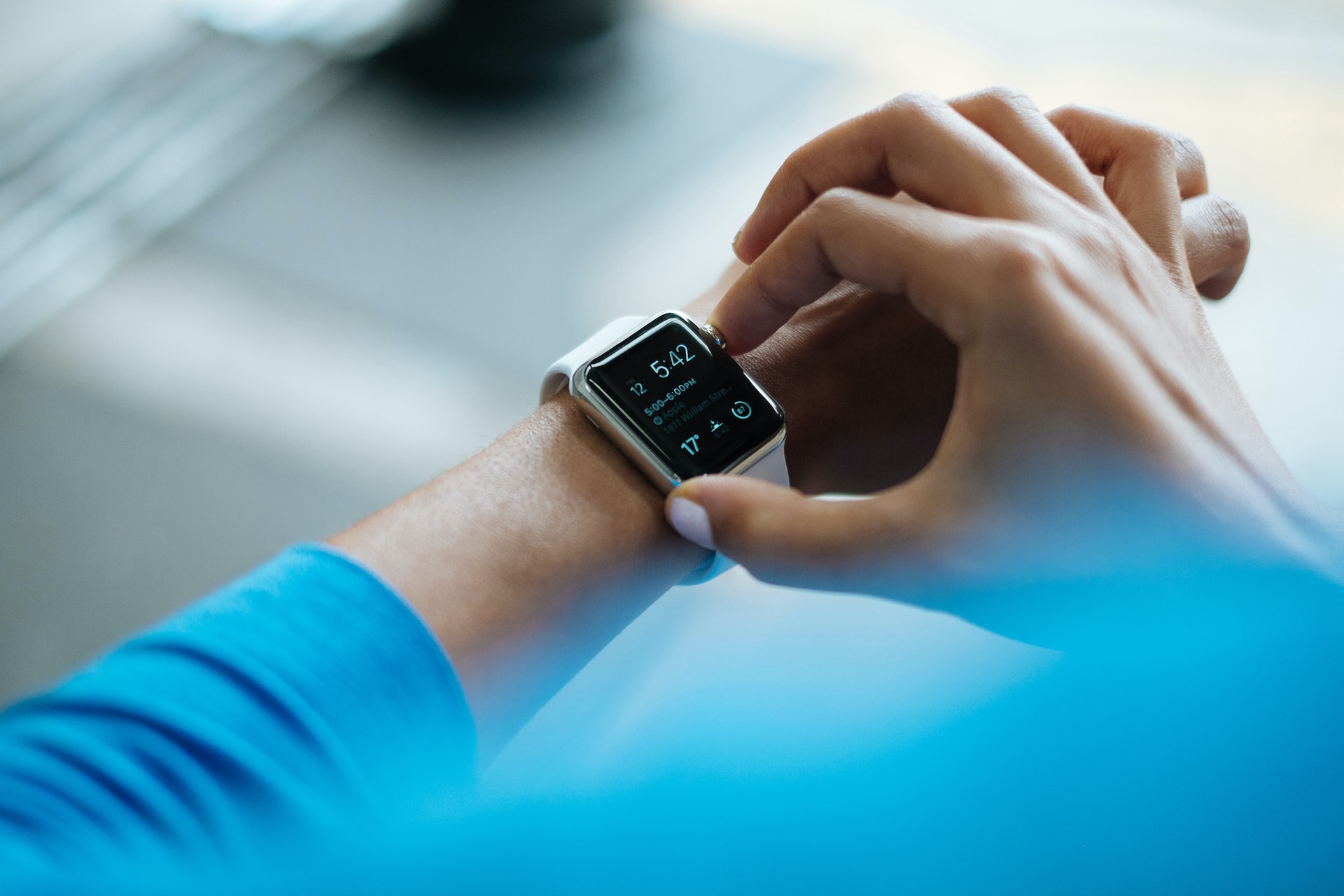“Any sufficiently advanced technology is indistinguishable from magic.”
– Arthur C. Clarke
Wearable technology has traversed the gulf between imagination and reality by arriving on the latest scene of tech revolution from the pages of science-fiction and spy films and novels. We’re yet to be enslaved by the totalitarian power of Ray Bradbury’s Seashells, but we’re hurtling towards a future where wearable tech has been predicted to be bigger than ever, even bigger than the smartphone revolution. It will be a future where the novelty becomes the norm.

The driving force behind making wearable technology accessible to the masses is to adapt technology to the way human beings lead their lives, not the other way round. The future of wearable tech mustn’t necessarily be a dark, dystopian horror, but eventually evolve to be devices that seamlessly communicate with other devices to make our daily lives easier.
The Future of Wearable Tech
The Biosensor Revolution
Bio sensors are going to be huge. They’re being tested and developed to help reduce medical costs and may be implemented all over the world as a norm for diagnostics and treatment of various illnesses. These sensors can collect vital data like sleep patterns, glucose level, heartbeat and transfer them to smart devices for physicians to monitor for recurring trends in patients, thereby improving diagnostic methods and statistics exponentially. Devices like Quell use transcutaneous nerve stimulation to relieve pain when worn like a band around the affected area. Electrozyme is another innovative biosensor designed for fitness enthusiasts. Electrozyme collects information from the wearer’s sweat and notifies when to hydrate, replenish lost electrolytes or take a break from working out.
Biometric Smart wear
Move over pedometers and chest straps, biometric smart wear is here to make the collection of data from professional athletes to fitness enthusiasts less intrusive than ever. With sensors woven into the fabric, smart clothing makes the collection of metrics more accurate than any band or watch. Ralph Lauren’s smart shirt made its debut last year at the US Open. Other than the fashion forward bigwigs, many companies like Hexoskin have been offering biometric clothing commercially for the masses, and this industry is bound to flourish by including more practical functions in the future.
The Key Role of Gesture Technology
Perfecting gesture technology is seminal to moving forward in normalizing wearables in our daily lives. Samsung’s Airview with S4 and S5 was a hit and miss at times with the sensors failing to detect hand gestures or eye movement when they were supposed to.
The Logbar Gesture control ring, or simply the ‘Ring’ has been under development for a long time now. It can be worn on the finger like a regular ring, and at the press of a button enables the wearer to draw gestures in air to accomplish a range of tasks including texting, controlling household gadgets, posting on social networking services, and even booking cabs. New tasks are being added to every new prototype of the ‘Ring’. With a transmission range of five meters and a battery that lasts 18 days on standby, it’s truly a piece of the future to be twirled around your finger. Another similar device, Nod skeletal tracking promises to make entertainment and everyday tasks even more interactive and intuitive.
Though not a wearable, the iPin is another gadget that makes use of smooth gesture functions. Fitting into the 3.5mm jack of an iPhone, it lets jet setting businessmen always be presentation ready by turning their phones into a trackpad for controlling slides and the like. Hiris, the first wearable computer lets the wearer do everything a laptop or a desktop can – from wirelessly controlling music, posting on social network to track personal development in terms of health and fitness. For experts in this upcoming industry, the perfect wearable device is invisible and yet helps us seamlessly integrate technology in our daily lives.
The All-in-one Devices
Imagine a future without metro cards, credit cards, room keys, car keys – and a device that has all these functionalities built into it. While smartphone stalwarts are jostling for market space with their smart watches, Disney has promised to make your vacation one innovative experience with their Magic-bands. These Magic-bands and cards are waterproof and fit on your person without making it seem like you’re carrying something extra. They open the doors to your rooms, make payments for food or merchandise and enter theme parks and other admissible areas. For now, the use of this technology is limited to a niche industry, but the future is sure to see a deeper integration of such objects into our everyday lives.
Conclusion
While hardware is an important component of these groundbreaking innovations, the logic that drives them to perform without hiccups is every bit as important. Another key aspect is the UI, which is to be made intuitive and simple enough for use by people of all ages and walks of life, and at Tuli eServices we’re excited about the prospects the future of these devices hold for experienced web developers all over the world as this is truly an enchanted arena for forward thinking individuals to explore.

